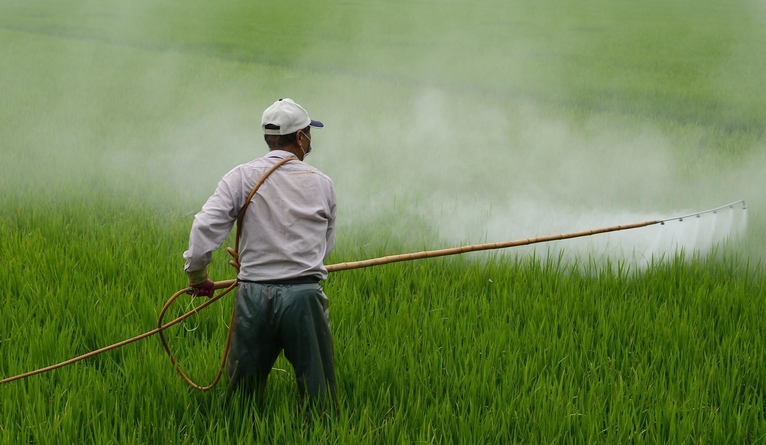
A herbicide is a substance that kills plants. Herbicides - also known as weed killers - are used to control the growth of undesirable plants in gardens, on farms, and throughout all sorts of other environments.
Understanding herbicides and how they work
You might think that herbicides are pretty simple - you spray the herbicide, the weed dies. Right?
Well, herbicides are actually a bit more complicated than that. There are many different herbicides available, all of which are designed to work differently, on different plants, and at different stages of growth.
Understanding how herbicides work will help you to pick the right weed killer for your needs and use it correctly. Believe it or not, there are different ways herbicide can be applied, and if you're not careful, you can end up with a garden infested with herbicide resistant weeds – but more on that subject later.
Selective herbicides vs non-selective herbicides
Choosing the right herbicide can be the difference between successfully managing your weeds and accidentally killing all the plants in your garden!
Selective herbicides are used to control or inhibit the growth of a specific weed while leaving any surrounding plants unaffected. It's important to check the label of your selective herbicide to find out which plants it will target. Some herbicides target more than one type of plant, so the selective herbicide you've chosen for your weed problem might also target some of the plants that you actually want in your garden.
Non-selective herbicides kill all plants they come into contact with. One scenario that might warrant the use of a non-selective herbicide is killing weeds on a hard surface such as a driveway or patio. You can also use non-selective herbicides to kill all grass and weeds before installing a new lawn.
Mode and site of action
Here are two phrases you may encounter when shopping for weed killers: 'mode of action' and 'site of action'.
Mode of action refers to HOW an active ingredient within the herbicide stops plant growth. All herbicide interaction with the plant, from first application to final result, comes under the mode of action - but the main thing is how the herbicide is absorbed into the plant and how the plant responds.
Site of action refers to WHERE the mode of action occurs within the plant cells, and what process the herbicide disrupts to interfere with weed growth.
What are the most common modes of action?
There are two main modes of action (that is, two main ways in which the active ingredients in a herbicide can stop plant growth).
Systemic herbicides are absorbed throughout the entire plant, penetrating all the way to its roots and killing the whole system.
Contact herbicides do not infiltrate the plant like systemic herbicides do. Instead, they simply kill any green tissue they touch.
What difference does the site of action make?
Site of action (SOA) is a very important factor in the fight against weeds. Different herbicides have different sites of action, and you can usually find this information on the label.
It is generally recommended that you combine or alternate between herbicides with different SOA groups so that your weeds don't develop herbicide resistance. Once herbicide resistance has been established, it's very difficult to overcome, so it's vital that you use the right herbicide(s) from day one.
If you're not sure what type of herbicide to use, it may be best to leave your weed control to the professionals. Here at Taylor Total Weed Control, we offer weed control services for a wide range of different environments, so no matter what kind of space you're trying to keep weed-free, we can help you out.
If you have a weed problem and you're interested in finding out more about how Taylor Total Weed Control can help, why not reach out and contact us today? We'll be happy to provide a FREE survey - one of our expert members will perform a bespoke survey of your property and give you a quote for the services they think will benefit you the most.
Get in Touch
SEE ALSO: Commercial Weed Control
